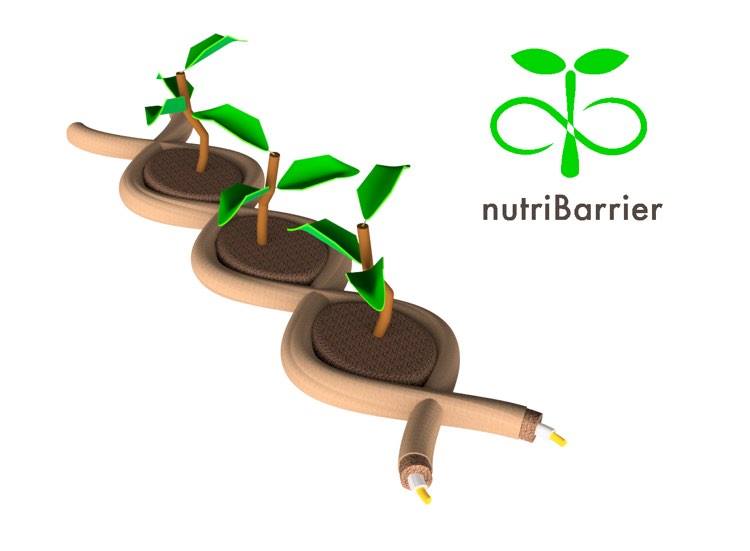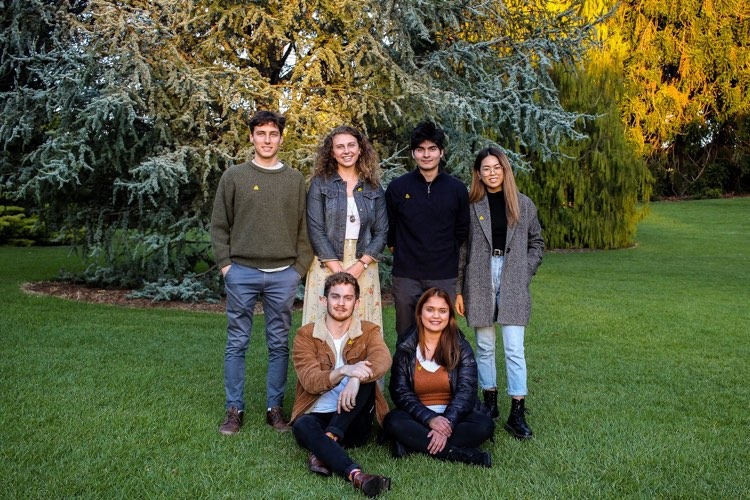Earlier this year, I participated in the Biomimicry Global Design Challenge as part of Adept’s team of six people. The Biomimicry Global Design Challenge is an annual challenge seeking to address global issues ranging from environmental damage to food security with solutions inspired by nature. These global issues are outlined by the United Nation’s Sustainable Development Goals.
Although I am currently halfway through a computer science degree and the challenge doesn’t necessarily involve coding or anything directly related to my area of study, I found the idea of participating in this design challenge with teams from all over the world and working directly towards the UN’s Sustainable Development Goals extremely compelling. I am always excited by innovations that reduce humanity’s impact on the environment, and to be able to contribute towards that effort in my own way inspired me to join the team.
The challenge had an expansive list of issues that we could choose to address with our design. The UN’s Sustainable Development Goals targeted areas such as food security and agricultural sustainability, sustainable water usage and sanitisation, energy accessibility, inclusive and sustainable infrastructure and human settlements, and the sustainable usage and management of our terrestrial and marine ecosystems. After several sessions of brainstorming and discussion, our team decided to address a pressing global issue to do with agriculture, marine conservation and sustainable water usage and sanitisation: eutrophication.
Eutrophication refers to an excess of nutrients in a body of water, and is a huge global issue today due to human activity. Nutrients which are naturally present in soil are needed for plant growth. In agriculture, soil is supplemented with high concentrations of the same nutrients with fertiliser to ensure that plants have optimum growing conditions to maximise crop yield. However, because the concentration of nutrients in fertiliser is so high, nutrient runoff caused by rain now has catastrophic results. The runoff which carries into all bodies of water from streams which lead into rivers and eventually, the ocean, now suffer from extreme levels of nutrients, and are festering with algae growth. Some algae blooms are so big they can be seen from space. This has a deadly impact on surrounding ecosystems, as the algae depletes oxygen and blocks sunlight to the lower levels of water, causing subsurface plants to die and decompose, which further depletes oxygen levels in the water. Some types of algae can even release toxins into the water which persist in the environment for up to three months before degrading, and contaminate shellfish that in turn poisons any creature which consumes them.

Our final solution for eutrophication after weeks of conducting research and drafting design concepts was the nutriBarrier. Drawing design inspiration from the shape of the DNA helix to frog eggs and acorns, the nutriBarrier utilises a natural substance to decrease agricultural run-off at its source. The hagfish, which resides in the deep sea, releases slime made mostly of protein and mucus threads, which expands up to ten thousand times its volume in water. Our design utilises this slime mixed with fertiliser and mulch, wrapped in a permeable biodegradable coating to form rope that is then shaped into helical form to encase crops in a perimeter of this rope. The nutriBarrier blocks run-off while retaining excess water for each plant. As the water is slowly released, so is the fertiliser encased inside the nutriBarrier rope, meaning our design not only addresses nutrient runoff but also encourages more sustainable and economical farming, reducing the amount of fertiliser required.
We were luckily able to get our hands on some hagfish slime, and produced a working prototype of the nutriBarrier. It was shocking to see how much a small amount of the hagfish slime expanded once it came into contact with water. Our design concept and prototype were demonstrated to people in occupations relevant to the issues, such as farmers and water management officers, and many thought the nutriBarrier was potentially a great solution for parts of a huge problem. The nutriBarrier was submitted as our entry for the Biomimicry Global Design Challenge in June, and we are currently still waiting for the end of the judging period. If our submission is successful in being selected as a finalist, the organisers of the Challenge will give us the opportunity to turn the nutriBarrier into a real product. Regardless of our submission’s result, participating in the Challenge was such a rewarding experience. Our team of six included an engineering graduate and other university students studying various types of engineering ranging from mechanical to biomedical, so we had a diverse and interdisciplinary team with a greatly varied collection of skills, ideas, and knowledge. We pushed each other to learn more, work harder, taught each other and worked together for three months to create the nutriBarrier and a prototype, which to me is a great achievement in itself.
ADEPT:
Over the next few months we will be sharing articles from Adelaide Design and Engineering Practical Team (ADEPT) at the University of Adelaide. Adept enables university students to stand out from the crowd. They facilitate extra-curricular practical projects that help university students develop invaluable skills and expertise ranging from engineering and design to teamwork and leadership. Through industry partnerships, they host networking events and skill development workshops, in addition to funding student projects.